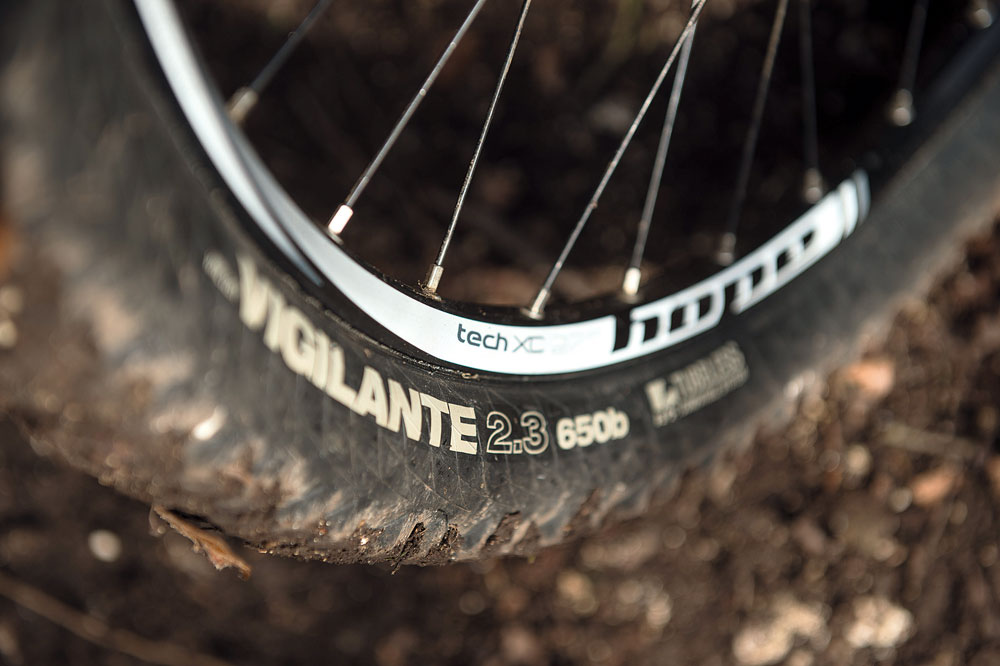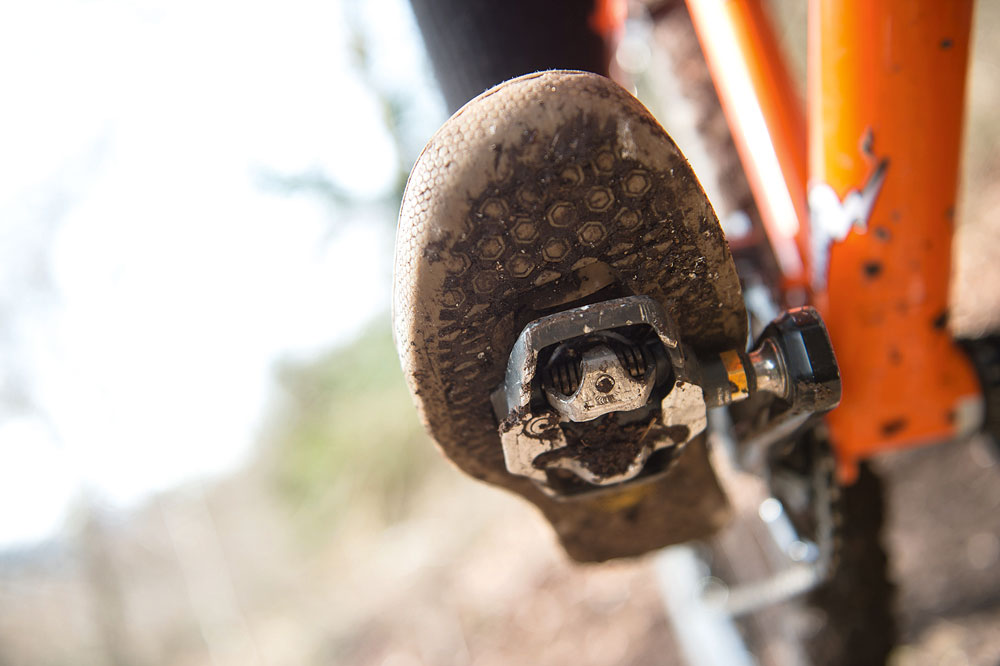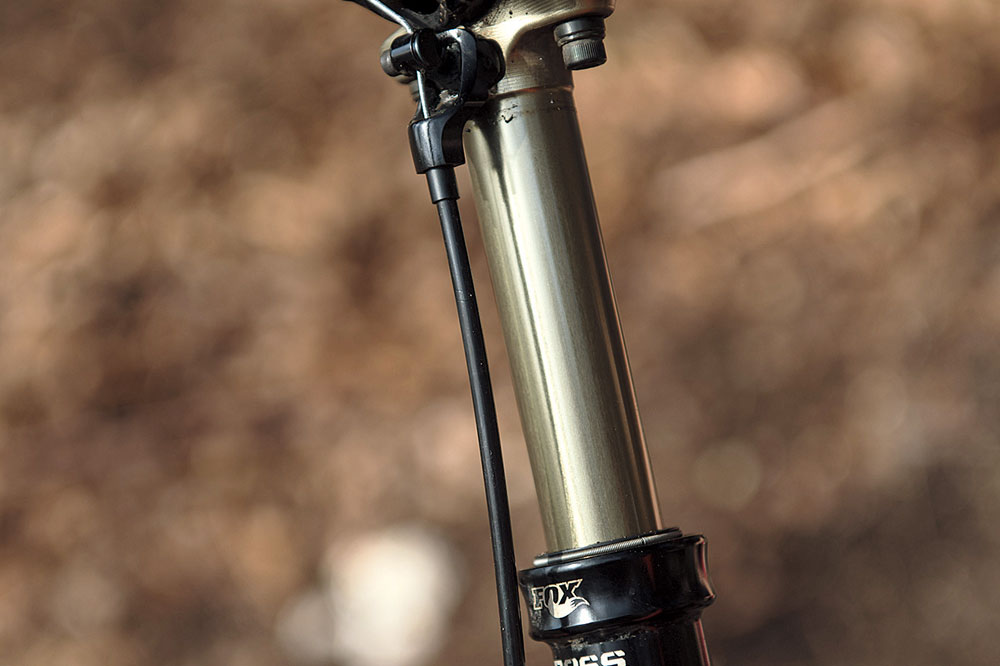Brilliant fun, simple to repair, cheap to run and with a character all of their own, hardtails are a great option for trail riding.
Ah, the not-so-humble hardtail. With suspension tech and geometry making bikes with no rear bounce ever more capable, the popularity of these robust, playful and capable machines is on the rise. We say that hardtail still rule! So if you want to know how to make yours even more fun to ride, read on.
Read more: Best hardtail mountain bikes 2022 – entry-level and mid-range classics
How do hardtails rule?
1. Hardtails are easier to wash
2. There’s less to go wrong
3. They’re cheaper to maintain than full-sussers
4. The immediacy of power is unbeatable
5. With zero squat at the back, you can sprint up smooth climbs with total efficiency
6. You know exactly what the rear wheel is doing, and is going to do. For example, you can boost off a root and know how the bike is going to respond, the rear isn’t going to just soak it up or throw you about because the damping is adjusted badly.
7. Instead of aggressive terrain, hardtails work great on slacker gradients and smoother trails. Tailor your ride to a hardtail’s strengths and you’ll be getting the most out of what these bikes can offer.

Want to get the very best performance out of your hardtail? Here’s our five-point guide to making the most of yours…
Tyres are king
Aim for 2.3in as a minimum width. Tyre pressure is more critical on a hardtail than a full-suspension bike because damping is such a priority. Too hard and you’ll bounce all over the place, losing grip. Too soft and you’ll pinch puncture and the tyres will squirm when you corner hard. There is no hard and fast rule for tyre pressure — it will depend on where you ride, the tyres you run, how much you weigh and how aggressive you are — but as a starting point read ‘What are the perfect tyre pressures?‘

Fiddle with your fork
As with tyres, it’s well worth finding the optimum air pressure to run in your suspension fork. With no rear suspension, when the fork compresses on a hardtail, the whole frame pivots around the rear axle, radically steepening the geometry. This can feel dicey on steeper trails so add some low-speed compression damping if you have it, experiment with different air pressures and try reducing the air volume with volume spacers. Reducing the air volume makes the spring rate more progressive, so you should find the fork supports the front end more when the trail steepens.

Get yourself clipped in
Flat pedals are great, but arguable not on a hardtail — even the grippiest shoe-pedal combos are no help when you get an unexpected hit through the pedals and your foot takes off vertically! Clipless pedals help to improve your connection with the bike — it’ll give you total confidence that no matter what you’re rattling through, your feet will remain planted.

Drop it like it’s hard
With no rear suspension, your legs have to absorb the bumps. Help them to get their full range of motion by dropping the saddle out of the way. Go for a dropper post with the most drop that you can get away with.

Control your cockpit
Stability and confidence are very welcome when riding without the compliance of suspension, so it’s even more important to pick a bar/stem combo that feels right to you. Short stems provide more direct steering as well as increasing stiffness. Wide handlebars make a huge difference as well, around 760mm is a good width to start.
Three top-scoring hardtails
Fancy in on that hardtail action? We’ve tried and tested a whole lot of ’em as part of our hardtail of the year grouptest. We test thoroughly, so if a bike scores a perfect ten out of ten, you know it’s a good one. Our recent top-scorers are:



